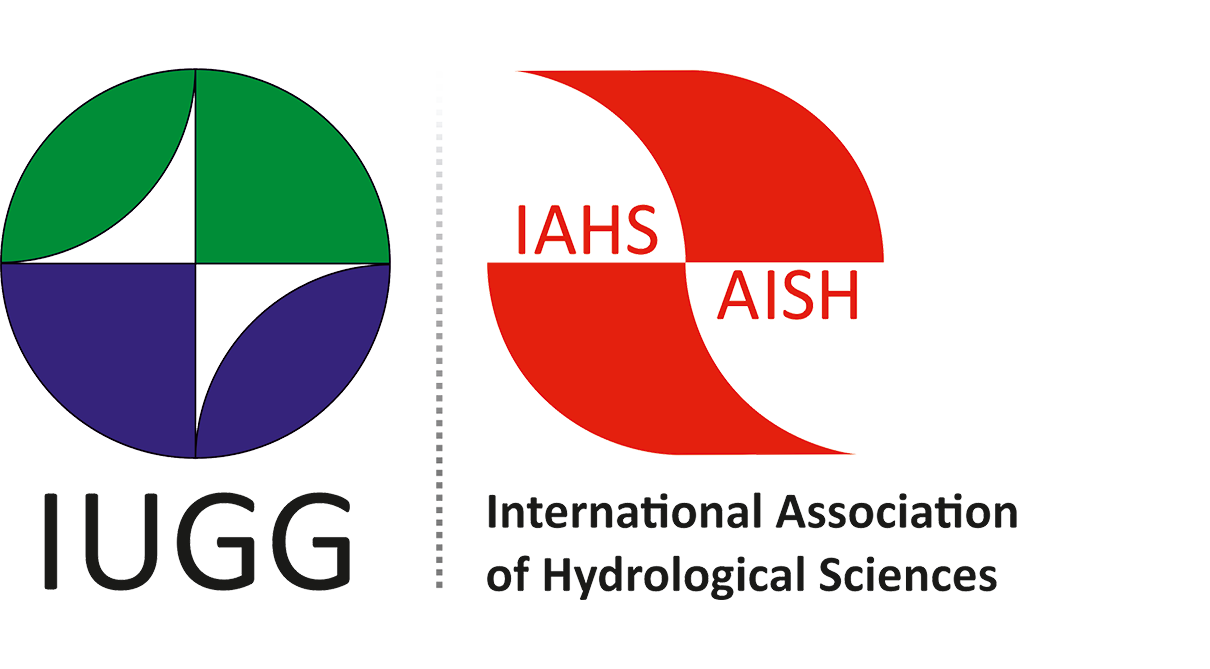IAHS News
PALAEOHYDROLOGY, latest Benchmark publication

PALAEOHYDROLOGY
Selection, Introduction and Commentary by Victor R. Baker
Reproduces the Benchmark Papers that have and still influence palaeohydrological research, with commentaries on their significance
Palaeohydrology originated with and continues to have a strong focus on palaeofluvial processes, especially palaeoflooding, and this is reflected in eight sections:
- Channel Patterns and Regime commences with Davis's 1913 paper on underfit rivers, classics by Dury (1954, 1965) and Schumm (1968), and an important Polish contribution, Korzarski and Rotnicki (1977).
- River Floodplains and Terraces illustrates how mapping and quantitative description became the basis for palaeo-hydrological interpretation of the landscape.
- Alluvial Chronology considers how the development of dating aided studies that identified major changes driven by climate.
- Sediment Transport shows how engineering/geomorphologic under¬standing of sediment processes was initially used to back-calculate the flows associated with fluvial events.
- Megafloods are high-discharge flood flows now known to have been especially important at the end of the Pleistocene, but in 1923, Bretz's hypothesis of such cataclysmic flows was controversial.
- Palaeoflood Hydrology brings together the papers that mark the development from geological investigation of flood-scarred landscapes to a broader, global science rooted in environmental change studies.
- Palaeobotanical evidence to aid palaeohydrological work originated in the 1960s, and Sigafoos (1964) is a significant contribution.
- Palaeolakes were found to afford information central to understanding past climate in the 1960s and three seminal papers are included.
An excellent resource for graduate and post-graduate level courses in hydrology and hydro-geomorphology, reproducing many important papers that are otherwise difficult to access.
IAHS BM9 ISBN 978-1-907161-30-8 (2014) 494 + x pp. A4 format, hardback £75.00 (incl. postage)
